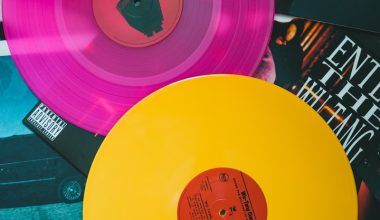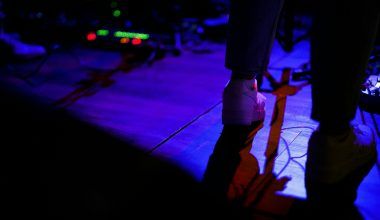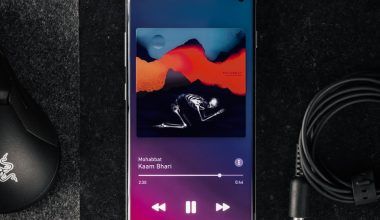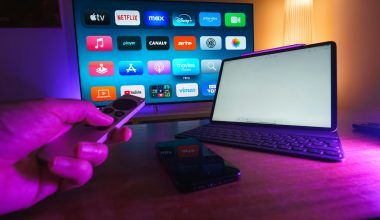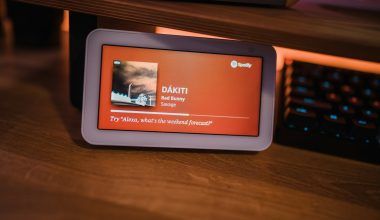Setting up a song means preparing everything you need before starting to create music. It’s like getting ready to cook – you need your ingredients, tools, and a clean kitchen! In music, this means having the right space, equipment, and tools to ensure your song sounds great.
Whether you’re recording at home or in a professional studio, song set up is the first and most important step. A good setup helps you focus on your music, saves time, and makes your song sound better. Let’s explore step by step how you can set up your song the right way.
Why Is Song Set Up So Important?
Imagine baking a cake without measuring your ingredients or preheating the oven. It would likely not turn out as you expected! Similarly, without setting up your song properly, things can go wrong during recording or editing.
Here’s why song set up matters:
- Saves Time: A proper setup means fewer interruptions. You can just focus on making music.
- Improves Quality: When you prepare well, the recording will have fewer mistakes.
- Makes It Professional: Good preparation helps your music stand out on platforms like Spotify, Apple Music, and YouTube.
Step 1: Find the Perfect Place for Your Song Set Up
The first step is choosing where you’ll work on your song. It doesn’t have to be a fancy studio! Even a quiet room at home can work well if you make a few changes.
- Pick a Quiet Spot: Choose a place with no outside noise. Turn off fans or ACs if they’re too loud.
- Fix the Acoustics: If your room echoes, try adding thick curtains, rugs, or cushions. These things absorb sound and make your recordings clear.
Pro Tip: Avoid recording near windows or hard surfaces like tiled floors. These can create unwanted sounds in your recording.
Step 2: Gather Your Tools and Equipment
Now that you’ve found your spot, let’s collect the tools. Don’t worry if you don’t have a lot of fancy equipment; even basic tools can help you get started.
Must-Have Tools for Song Set Up:
- Microphone:
- Choose a dynamic microphone for podcasts or live vocals.
- Use a condenser microphone for recording detailed sounds like singing.
- Headphones: Closed-back headphones are best for recording because they don’t let sound leak out.
- Audio Interface: This connects your microphone or instruments to your computer.
- Laptop or Computer: Any modern computer can run recording software.
- Pop Filter: This reduces harsh “P” and “B” sounds when recording vocals.
- Instruments: Keep your guitar, keyboard, or any instrument you need close.
Step 3: Set Up Your Digital Workspace
In today’s music world, most work happens on a computer. You’ll need some software and tools to start creating your song.
What You Need:
- DAW (Digital Audio Workstation):
- A DAW is software used to record, edit, and mix music.
- Some popular DAWs are GarageBand (free for Mac users), FL Studio, and Ableton Live.
- Virtual Instruments:
- If you don’t have a physical piano or drums, you can use virtual ones.
- These are software tools that sound just like real instruments.
- Plug-ins:
- These are add-ons for your DAW. For example, a reverb plug-in can make your voice sound like it’s echoing in a big hall.
Pro Tip: Download free templates or presets for your DAW to save time on setup.
Step 4: Prepare for Vocal Recording
Recording vocals is the heart of most songs. Whether it’s your own voice or someone else’s, make sure everything is ready to capture the best sound.
- Place the Microphone Correctly:
- Keep the microphone slightly above your mouth and about 6 inches away.
- Use a pop filter to avoid harsh popping sounds.
- Warm Up Your Voice:
- Sing a few scales or hum softly to warm up your vocal cords.
- Test the Setup:
- Always record a small test. Listen for any background noise or buzzing sound.
Step 5: Organize Your Song Layers
Music is like a sandwich – it has layers! These layers are called “tracks” in music production. For example:
- vocals
- drums
- piano or guitar
Organizing your layers makes editing easier later. Name each track so you don’t get confused.
Step 6: Start Recording!
Finally, it’s time to record your song. Don’t rush – take your time and do multiple takes if needed. Mistakes can be fixed, so relax and have fun.
- Record One Part at a Time:
- Start with the base, like drums or guitar.
- Add vocals or other instruments later.
- Listen After Each Take:
- Stop and check how each recording sounds.
Step 7: Mix and Master Your Song
After recording, it’s time to polish your song.
- Mixing:
- Adjust the volume of each track so that no part is too loud or too soft.
- Add effects like reverb or echo to enhance the sound.
- Mastering:
- This is the final step where you make your song sound smooth and balanced.
- If you’re new, try using an AI mastering service like Deliver My Tune.
Helpful Tips for a Great Song Set Up
- Stay Organized: Keep your workspace tidy so you don’t waste time looking for cables or tools.
- Practice Before Recording: Play or sing the song a few times to get comfortable.
- Save Your Work Often: Nothing is worse than losing hours of work due to a crash!
FAQs About Song Set Up
1. What’s the easiest way to start recording music?
Start with basic tools like a free DAW (GarageBand), a microphone, and headphones.
2. How do I record vocals without noise?
Choose a quiet room and use a pop filter on your microphone.
3. Can I make music with just a phone?
Yes! Apps like BandLab and GarageBand Mobile let you create songs on your phone.
Conclusion: Let’s Make Music!
Setting up a song doesn’t have to be complicated. With the right tools, a little patience, and these simple steps, you can create amazing music right from your room.
Remember, every great musician started somewhere. Take your time, enjoy the process, and let your creativity flow. Who knows? Your next song could be a hit!
Related Articles:
For further reading, explore these related articles:
For additional resources on music marketing and distribution, visit Deliver My Tune.

